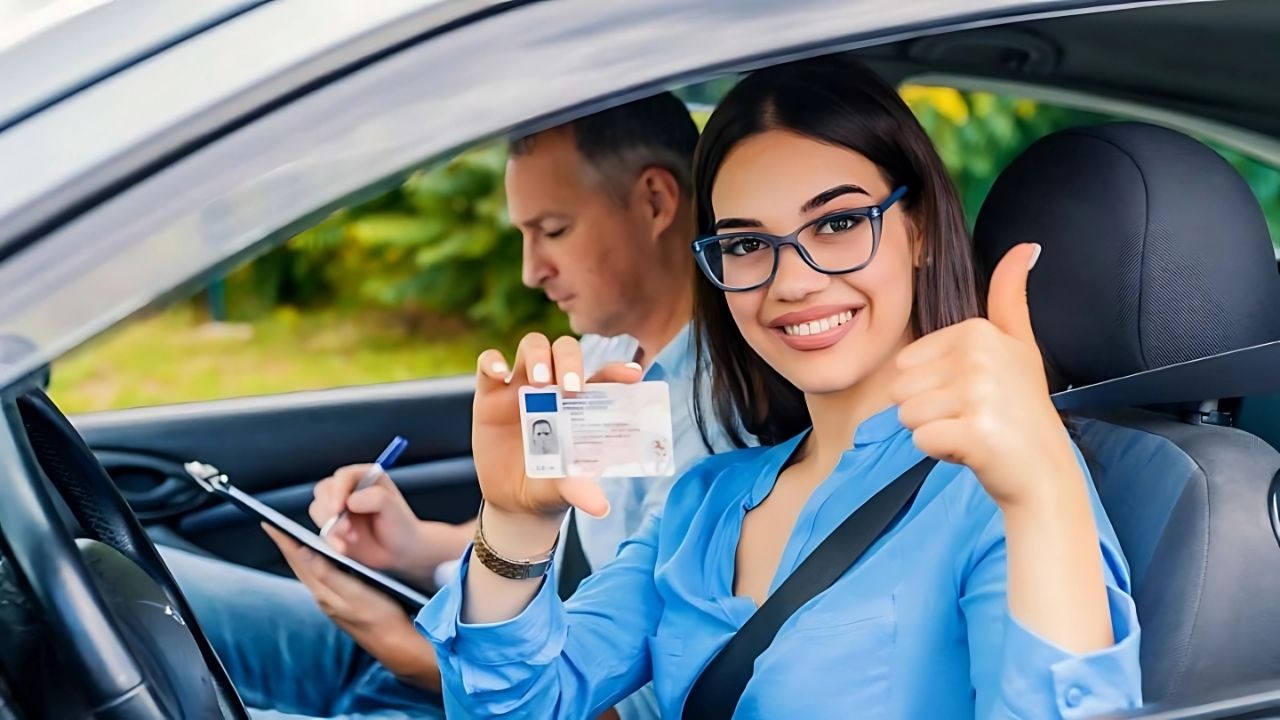Starting July 2025, Ohio will require all new drivers under the age of 21 to complete formal driver’s education and supervised driving hours before qualifying for a driver’s license. This sweeping reform comes as part of the state’s 2025–2027 fiscal budget signed by Governor Mike DeWine.
The law closes a long-standing loophole that allowed individuals aged 18 to 21 to obtain licenses without any formal training. According to crash data from the Ohio Department of Public Safety, drivers in this age group were overrepresented in vehicle accidents, prompting lawmakers to expand mandatory requirements to enhance safety and reduce preventable incidents.
Table of Contents
Uniform Standards Across Age Groups
Under the new policy, drivers aged 16 to 21 will follow the same process before being eligible for a license. This includes completing a certified driver’s education course and 50 hours of behind-the-wheel practice with a licensed adult. Of those 50 hours, at least 10 must be completed at night.
The previous law required these steps only for drivers under 18. Adults over 21 are still exempt from both driver’s education and supervised practice.
Driver Education Requirements Comparison
| Age Group | Old Requirements | New Requirements (Effective July 2025) |
|---|---|---|
| 16–17 | Driver’s Ed + 50 supervised hours | No change |
| 18–21 | No formal training | Driver’s Ed + 50 supervised hours |
| 21+ | No training required | No change |
With this change, Ohio becomes one of the few states that require formal driver training for all first-time applicants under age 21, regardless of legal adulthood.
Supervised Driving: Focus on Real-World Conditions
All license applicants aged 16 to 21 must now complete 50 hours of supervised driving practice with an adult aged 21 or older who holds a valid driver’s license. The law also mandates that 10 of these hours must be at night to simulate low-visibility conditions and nighttime hazards.
These practice hours must be documented in a driving log, signed by the supervising adult, and submitted to the Ohio Bureau of Motor Vehicles (BMV) before scheduling a road test. The BMV stresses the importance of beginning this process early to avoid delays.
- 50 hours of supervised driving
- 10 hours must be completed at night
- Supervision must be by an adult age 21+ with a valid license
- All hours must be logged and signed
- The driving log must be submitted before the road test
This structured experience is intended to expose new drivers to highways, city streets, rural roads, and varied weather conditions, building confidence and competency behind the wheel.
Schools Must Allow Excused Time for Driving Classes
Although lawmakers did not reintegrate driver education into the public school curriculum, the new law requires schools to support private driver instruction by allowing excused absences. Students may now be excused from school for up to eight hours to attend driver training, provided it doesn’t interfere with core subjects like math or English.
| Provision | Details |
|---|---|
| Maximum Excused Time | 8 hours |
| Applies To | Students attending private driving schools |
| Restrictions | Cannot miss core academic subjects |
This provision removes a major scheduling barrier for students, especially those with jobs, extracurriculars, or limited access to evening classes.
Public Safety Community Backs the Law
Driving instructors and parents have voiced strong support for the updated law. Many professionals in the field, such as instructor David Burke, emphasized that 18 to 21-year-olds often lacked sufficient road training and struggled in high-pressure driving environments. Parents cited the increasing complexity of roads such as roundabouts and highway interchanges as reasons why all young drivers should be thoroughly prepared.
State Readies for Implementation
With the law set to take effect in July 2025, driving schools across Ohio have begun updating their programs to comply with the new rules. The Ohio BMV is also advising early enrollment in driver education programs and proper logging of practice hours to ensure timely license processing.
The state anticipates that this new uniform training policy will lead to a significant reduction in youth-involved traffic incidents, improving road safety across Ohio.







